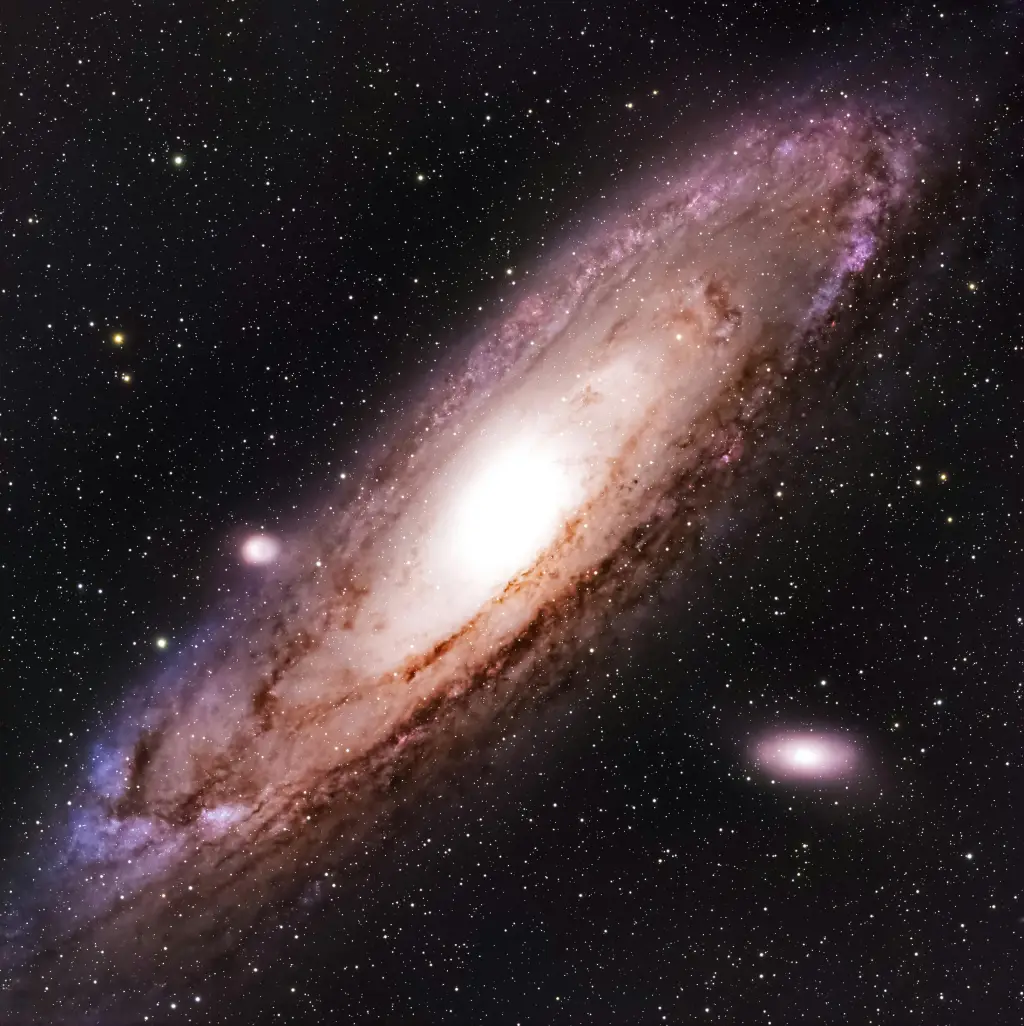The Galaxy: Disclosure of the Big Ring
 SPACELIA
SPACELIA
The mysteries of the universe never cease to amaze us. The vast expanse, filled with complexities, challenges our understanding and pushes us to discover beyond our imagination. Among these profound discoveries is a recent revelation that has captivated astronomers and cosmologists alike: the Big Ring.
What is the Big Ring?
The Big Ring is a colossal ring-shaped structure composed of galaxies and galaxy clusters, found near the celestial arrangement of Boötes, around 9.2 billion light-years away from Earth. This massive formation has a diameter of approximately 1.3 billion light-years, making it one of the largest structures ever observed in the universe. Its circumference spans about 4 billion light-years, encompassing several galaxies and clusters.
Who Discovered the Galaxy Ring?
In 2024, Alexia Lopez, a PhD student at the University of Central Lancashire, made this ground-breaking discovery. Lopez’s keen interest in large cosmic structures led her to this remarkable finding. Her previous work in 2021 on the Giant Arc, a similar structure located in the same cosmic region, paved the way for the discovery of the Big Ring. The Giant Arc itself was an astonishing discovery, spanning over 400 million light-years in length with a width of approximately 60 million light-years. However, the Big Ring surpasses it significantly in size and scale, thus elevating our understanding of cosmic structures to new heights.
How Was the Big Ring Discovered?
The identification of the Big Ring was achieved through meticulous analysis of data from the Sloan Digital Sky Survey (SDSS). Lopez and her team utilized absorption lines in the spectra of distant quasars to unveil the presence of this enormous structure. Quasars, being the brightest and most distant objects in the known universe, serve as cosmic beacons. Their light travels billions of light-years and interacts with various cosmic structures, leaving imprints that astronomers can study. By analysing these imprints, particularly the magnesium II absorption lines, Lopez was able to map out the existence of the Big Ring.
Significance and Implications
The discovery of the Big Ring poses significant questions about our understanding of the universe. According to the cosmological principle, the universe on large scales is homogeneous and isotropic, meaning that the distribution of matter should be roughly the same everywhere. The existence of such a massive structure challenges this principle, suggesting that the universe may be more diverse and complex than our current models indicate.
Why Does the Big Ring Matter?
The Big Ring’s size and formation raise profound questions about the nature of the universe. How did such a massive structure arise? Does its presence imply that our universe is more varied and intricate than our current theories suggest? These questions drive the scientific community to re-evaluate existing cosmological models and explore new theoretical frameworks.
Future Research and Exploration
Studying structures like the Big Ring, which are beyond the reach of traditional telescopes, requires innovative techniques and advanced technology. The mysterious light of quasars plays a crucial role in this research. As their light passes through various cosmic structures, it interacts with them, providing valuable data that astronomers can analyse. This method of studying absorption lines, particularly from magnesium II, has proven instrumental in uncovering vast cosmic formations.
In conclusion, the discovery of the Big Ring is a testament to the ever-evolving nature of our understanding of the universe. It challenges established principles and opens new avenues for research and exploration. As we continue to probe the depths of the cosmos, discoveries like the Big Ring remind us of the endless mysteries that await our unravelling.
Subscribe to my newsletter
Read articles from SPACELIA directly inside your inbox. Subscribe to the newsletter, and don't miss out.
Written by

SPACELIA
SPACELIA
SPACELIA is a dynamic organization dedicated to space science and exploration. We strive to inspire curiosity and expand knowledge in the fields of astronomy, astrophysics, and cosmology. Through our research, articles, blogs, posts on LinkedIn and many other social platforms and educational content, we provide insightful information about celestial objects, cosmic phenomena, and the latest space discoveries. Our mission is to engage and inspire people about Space and create a community by sharing the wonders of the universe and promoting a deeper understanding of space science.